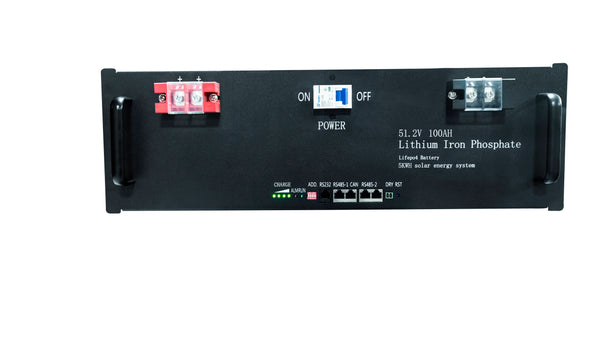Find top-rated Lithium Battery for sale at the best prices
skype:Junlee-ashley
+86 13434236097
What are the ways to improve the performance of lithium iron phosphate batteries?
Lithium Iron Phosphate Battery
1. Carbon has excellent electrical conductivity. In the synthesis of lithium iron phosphate, doping or coating with conductive carbon is a simple and effective method to improve the conductivity of lithium iron phosphate. Adding a small amount of carbon, on the one hand, through the direct contact between carbon and LifePO; enhances the electronic conductivity between particles and improves the conductivity of lithium iron phosphate. On the other hand, it can inhibit the growth of LiFePO and particles to a certain extent, reduce the particle size, shorten the diffusion path of Lit during the charging and discharging process, and indirectly improve the multiplier characteristics of lithium iron phosphate. Carbon sources for doping or coating carbon can be classified into inorganic carbon sources and organic carbon sources. Inorganic carbon sources include various forms of carbon materials such as acetylene black, graphite, and SP, and organic carbon sources include organic compounds and polymers such as glucose, sucrose, citric acid, polypropylene, and polyvinyl alcohol. The low density of carbon can not only improve the conductivity of lithium iron phosphate, but also reduce its vibrational density. Therefore, the less carbon is added, the better, while maintaining electrical conductivity. 2. Doping metal ions in lithium iron phosphate is one of the effective means to improve the internal conductivity of lithium iron phosphate particles. When the doped metal ions enter the crystal, they cause lattice defects in the material, thereby fundamentally increasing the electrical conductivity of the material. Compared with carbon doping or carbon coating, metal ion doping does not reduce the vibrational density of the material, which is beneficial to improve the energy density of lithium iron phosphate batteries.
Reducing the particle size to nanoscale, improving the reversible capacity and cycling performance, and introducing rare earth ions are effective methods to improve the electrochemical performance of lithium iron phosphate.
3. Reducing the particle size of lithium iron phosphate is beneficial to shorten the diffusion path of lithium ions in the process of charging and discharging, improve the diffusion rate of lithium ions, and improve the performance of high current charging and discharging. The use of liquid-phase chemical synthesis (such as co-precipitation, sol-gel, etc.) is beneficial to reduce the particle size. However, if the particle size is too small, it will reduce the vibration density of the material and increase the specific surface area of the material, which is not conducive to the processing of the electrode and the improvement of the energy density of the battery. Reasonable control of particle size is one of the key technologies to optimize the comprehensive properties of materials.
The modification method includes doping conductive carbon or coating carbon on the surface of lithium iron phosphate particles, metal coating, metal ion doping and particle size control. At present, carbon doping (or coating) and metal ion doping are still research hotspots. The coating can increase the conductivity to about 10-s/cm, and the doping can increase the conductivity by 8 times, improve the charge-discharge performance, and the multiplier performance is high, which inhibits the capacity fading to a certain extent. The industrialization of lithium iron phosphate also proves that carbon doping (or coating) and metal ion doping can solve the problem of low conductivity of lithium iron phosphate.
Leave a comment


